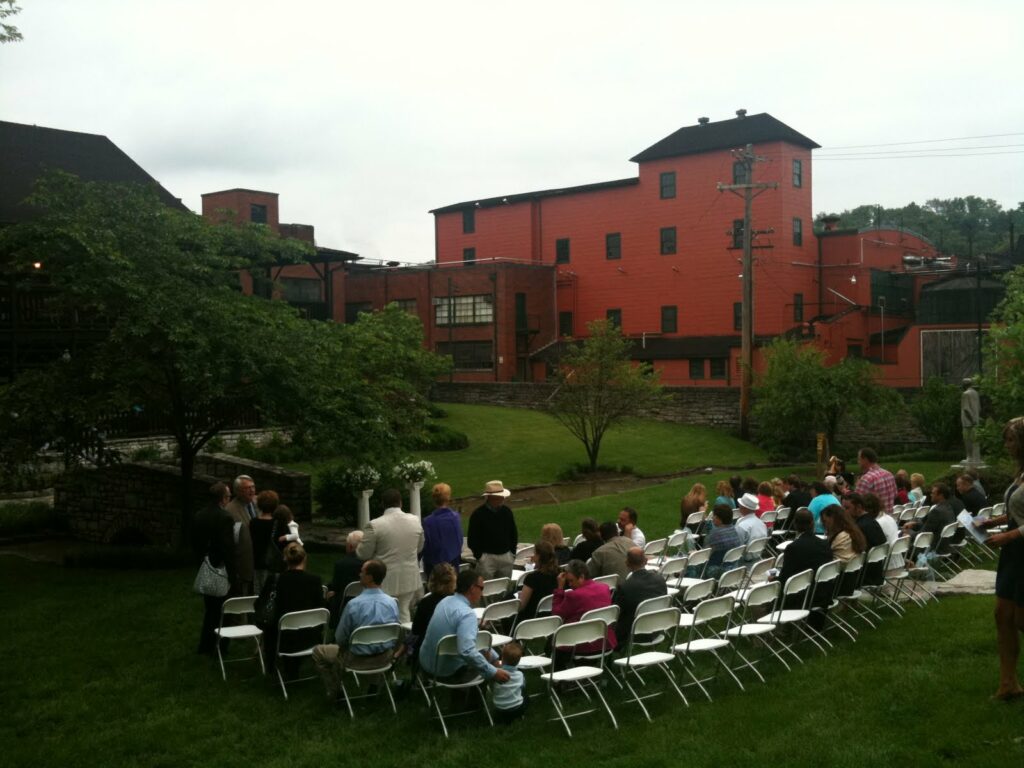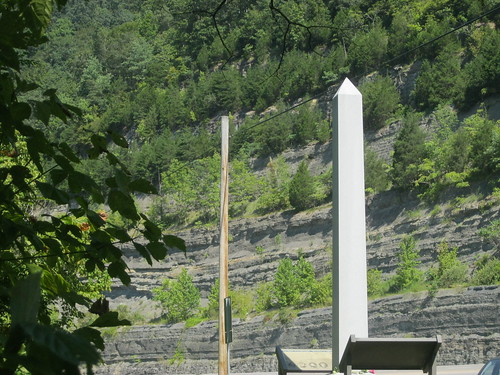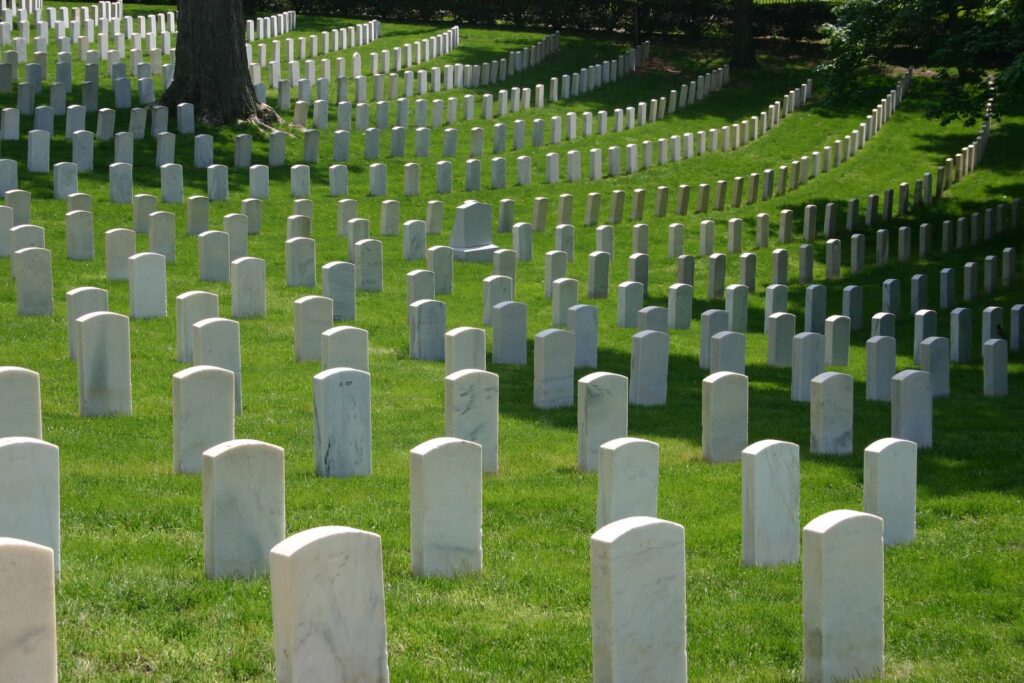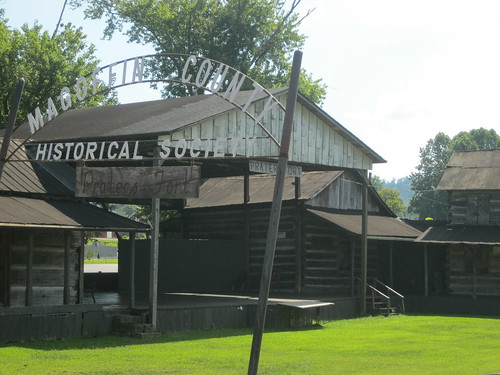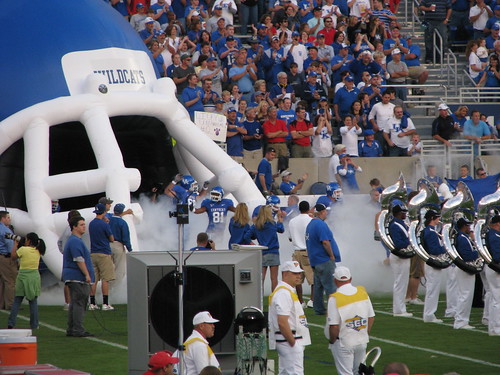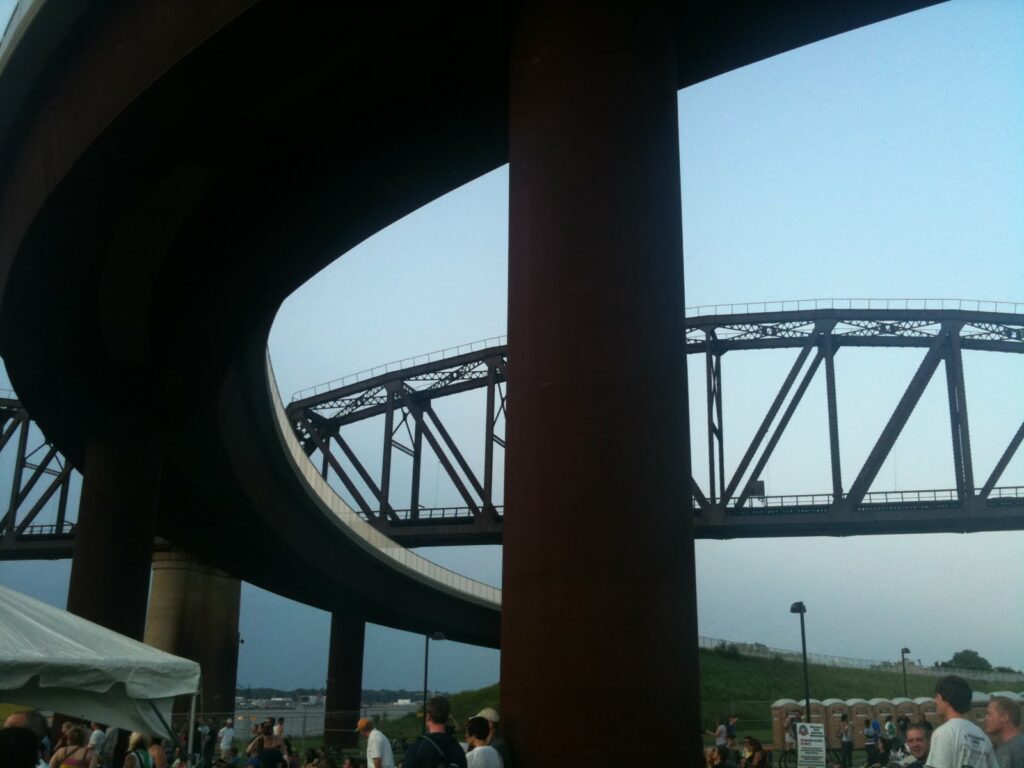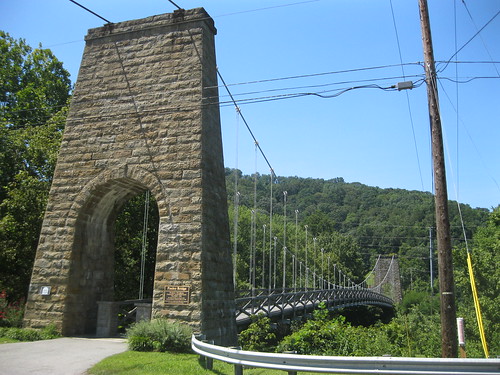 |
| Lexington Christian Academy – Lexington, Ky. |
After 9/11, country musicians quickly wrote new songs. Some embraced a militaristic perspective, suggesting that the “American Way” was “putting a boot in your ass.” (Toby Keith). Others recognized the importance of the moment – like Pearl Harbor or the JFK assassinations for earlier generations – where all would remember where they were “when the world stopped turning, that September Day.” (Alan Jackson).
For me, I was 18 – a senior in high school at Lexington Christian Academy. Between first and second periods, a friend met me in the front hallway under the pictured tower of glass and steel. He told me that a plane had hit the World Trade Center. I immediately dismissed this as likely only an accident with the same effect as the Cessna that had hit the White House in 1994.
By the time I arrived in second period, the south tower had been struck by United Flight 175. I knew then that America was under attack and that this was no small accident. In horror, I sat in a classroom of scared 17 and 18 year olds as we collectively watched the south tower fall.
Some of us thought of a military response and were concerned about the return of the draft; several in my class have served in the decade since 9/11.
Our school did not close on 9/11. A few teachers maintained ordinary class schedules, but the day was anything but ordinary. As you can image, a lot of prayers were offered at a Christian academy.


